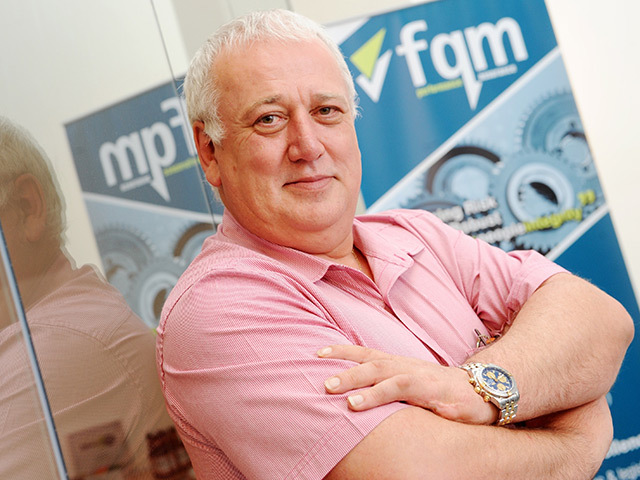
Change is all around us.
You don’t believe me? Take a look out of your window, what do you see?
Traffic, people, clouds, grass, trees all in various states of motion, in fact ask any scientist and they will gladly tell you that change is a fundamental law of the Universe.
Whether it’s abrupt or gradual, change is clearly a fact of life and by extension business, so why does it worry us so much? And why does it cause such organisational heartache?
At FQM we often deal with organisations that have tried solutions straight off-the-shelf and whatever the area of business, we hear the same frustrations time after time.
“We’re good at the smaller change but we’re not good at the big strategic change.
“We start change programmes but we never seem to finish them properly.”
Or, as the case may be: “We’ve got too many change initiatives and yet we are still missing the point.”
In the majority of cases the same key obstacles prohibit effective change management.
So what are the persistent offenders?
Typically they fall into one of four categories:
- A lack of vision
- A lack of management flexibility or as we like to describe it “middle-management permafrost”
- A lack of understanding about change and
- A lack of good methods to quantify and implement change.
Identifying which of these is your problem can be the toughest part of organisational change.
A number of “corporate” practices must then come in to play in order to effect a successful outcome, the most important one being collaboration.
If they are to make change happen, companies must be open to working across boundaries both within and between organisations.
Bringing different experiences and perspectives to bear is the surest way of empowering a workforce and encouraging innovation.
It may seem obvious, but it is only when you endorse creative solutions determined by a workforce, that change will occur. It is only when people are properly empowered to generate ideas that change can happen.
In other words, we have to build different corporate cultures and new ways of working.
These elements are the “softer” side of adaptability. But they are also the most critical enablers of change. They are harder to understand and to put into effect, which is why they are so often underestimated.
So how do we create the kind of environments and organisations that build this kind of trust, engendering commitment and passion?
Firstly, we have to identify the real cultural norms of an enterprise. Are people truly supported or are they constrained by lack of authority and limited freedom? Perhaps they are even plain untrusted? Is the business built for complexity but actually disempowering?
Companies must build trust from the top down.
Managers need to communicate the following message: “I trust you to do the right thing, to react to the situation or develop the new idea, but I will also support you if mistakes happen.” All of this within reason, of course.
Managers must also reinforce these commitments and behaviours through the right processes and systems – systems that in turn reflect a businesses structure and ethos.
All too frequently, we see “one size fits all” attempts to impose a large “corporate” culture on smaller, dynamic operators with inevitably messy and unsuccessful results.
This is particularly the experience when third tier operators and successful entrepreneurial-driven service companies are taken over.
Staff experience multiple initiatives to drive the business forward, resulting in reduced motivation and distrust in management.
This then impacts upon staff retention and ultimately inherent company knowledge, which means the organisation suffers a big loss – the loss of that entrepreneurial spirit which made the company very attractive to purchase in the first place!
At FQM we have a more bespoke approach and support our clients with a variety of in-house tool kits.
We coach skills improvement for senior staff and help define and communicate the drivers for change clearly.
Throughout the entire process we promote open dialogue at all levels, entrusting those around you who in effect will carry the “change torch” forward.
Crucially, we embrace an old adage, “You can’t manage what you can’t measure” and ensure that the change is both quantifiable and sustainable.
Lastly, each organisation is different, right from its employees to its mission, and is driven by a unique set of core values.
What may work for organisation X, will never work for organisation Y, so the replication of tools and initiatives will rarely work.
The last thing I would advise any organisation to do is use an “off-the-shelf” solution. Why?
Because such a thing doesn’t actually exist, unless of course, the final aim is to simply “tick a box”!
Is effective and meaningful change about a constructive and proactive dialogue?
Yes. Is a change initiative directly related to listening as much, if not more, than talking?
Definitely; should any change parameters be diverse and constantly adaptable just as their recipients are? Absolutely so!
Brian Minty is an associate director with HSEQ consultancy and training organisation FQM, previously known as Facilitators Quality Management and part of Facilitators International LLP
Recommended for you
